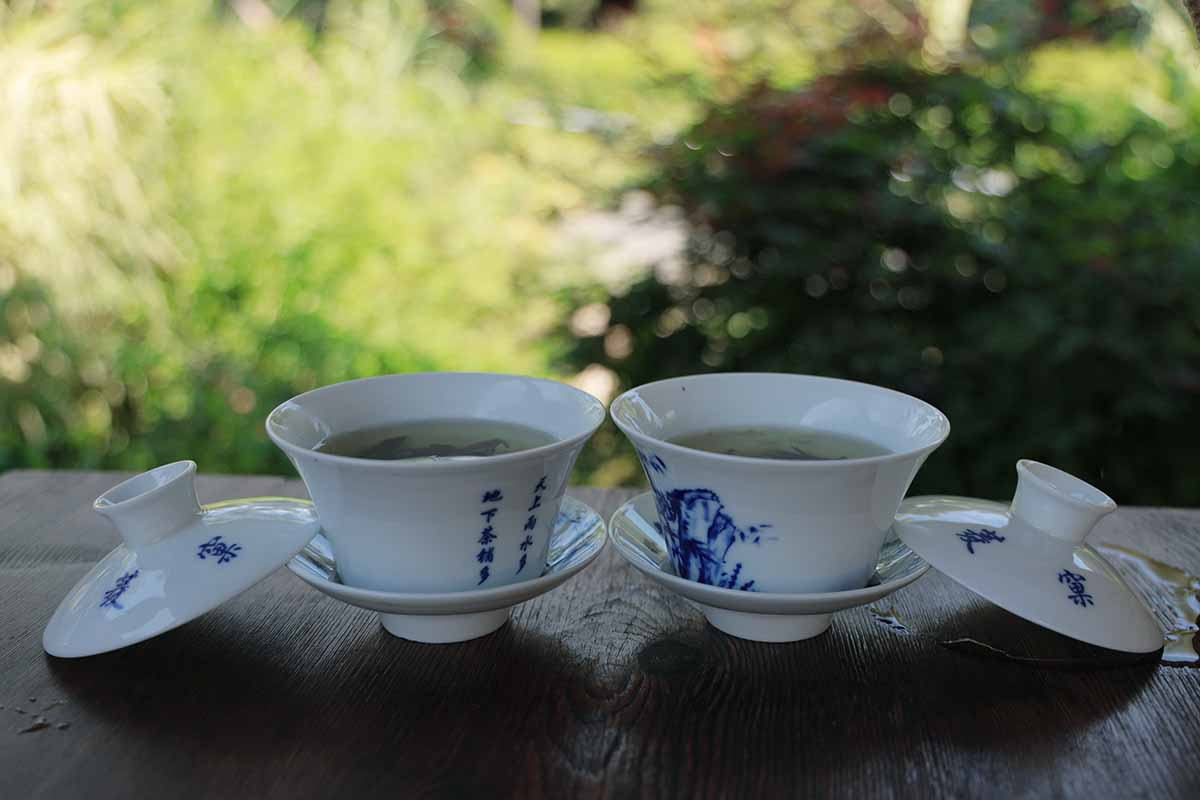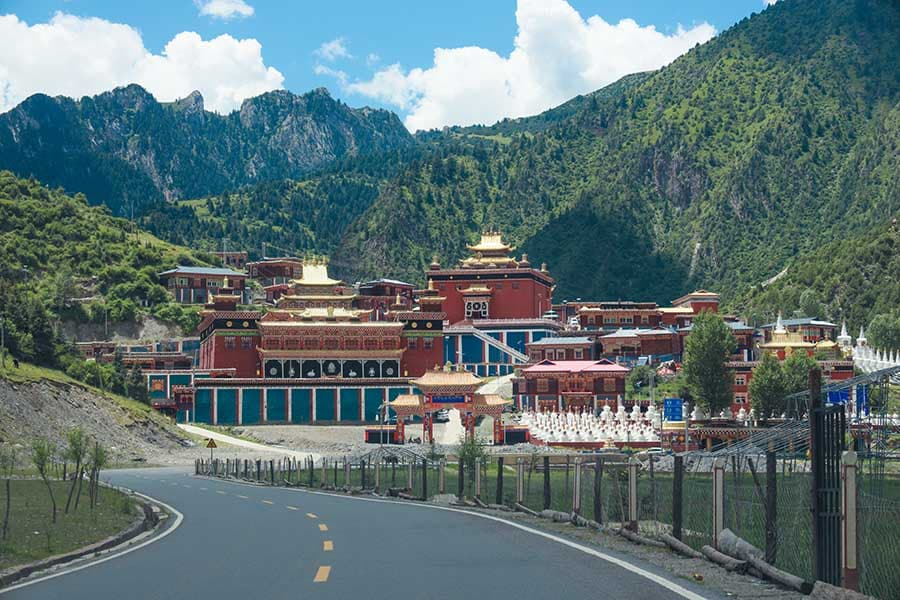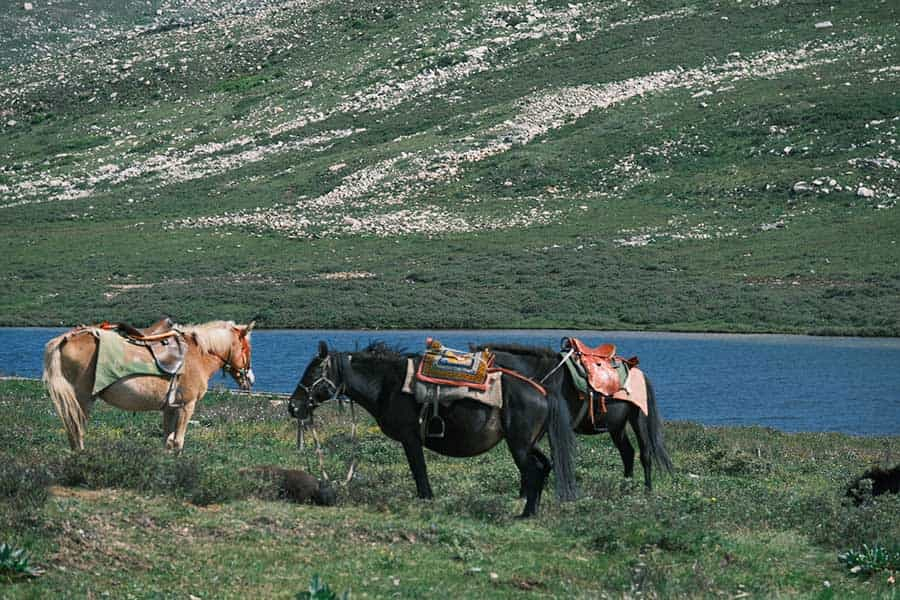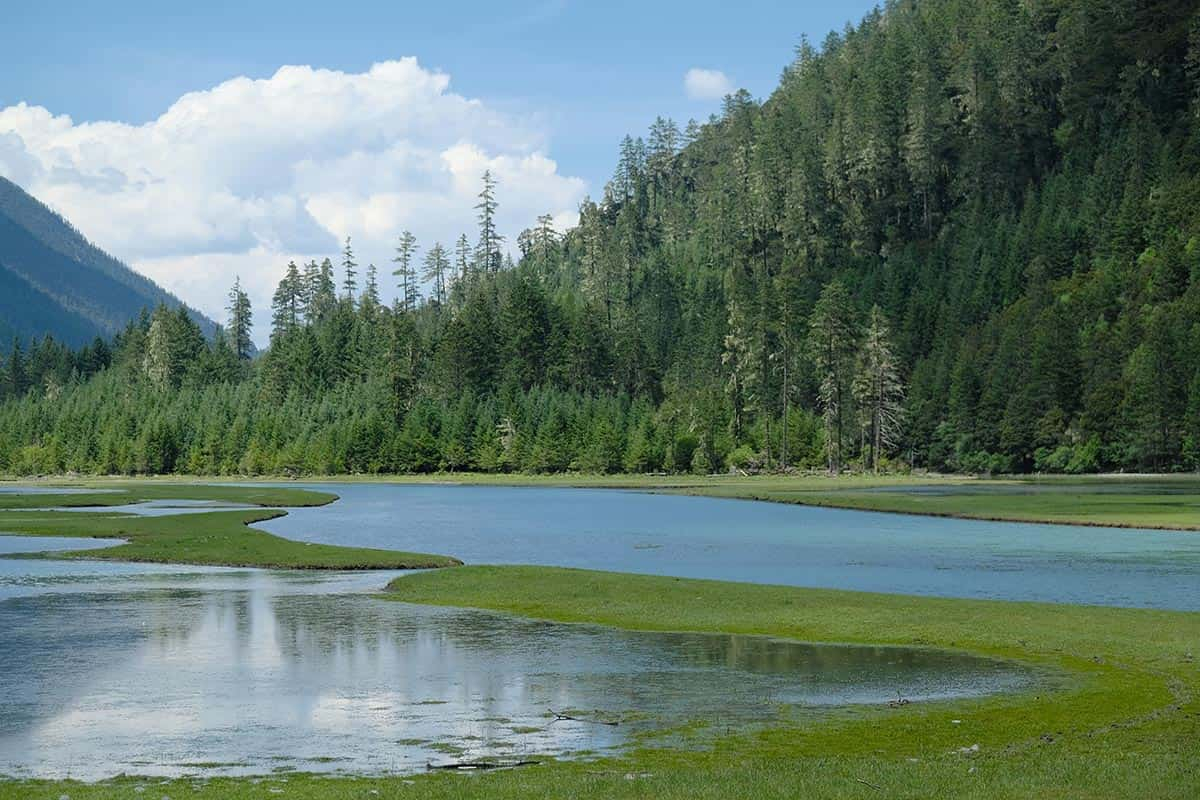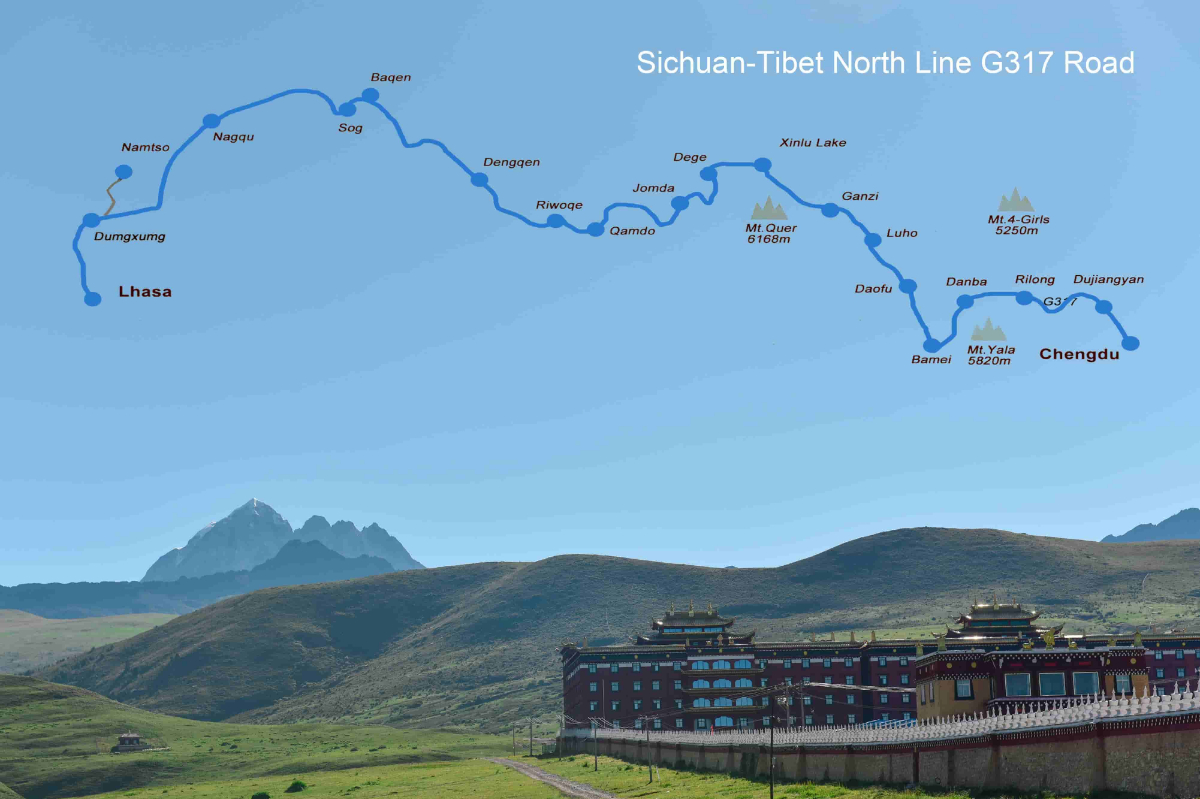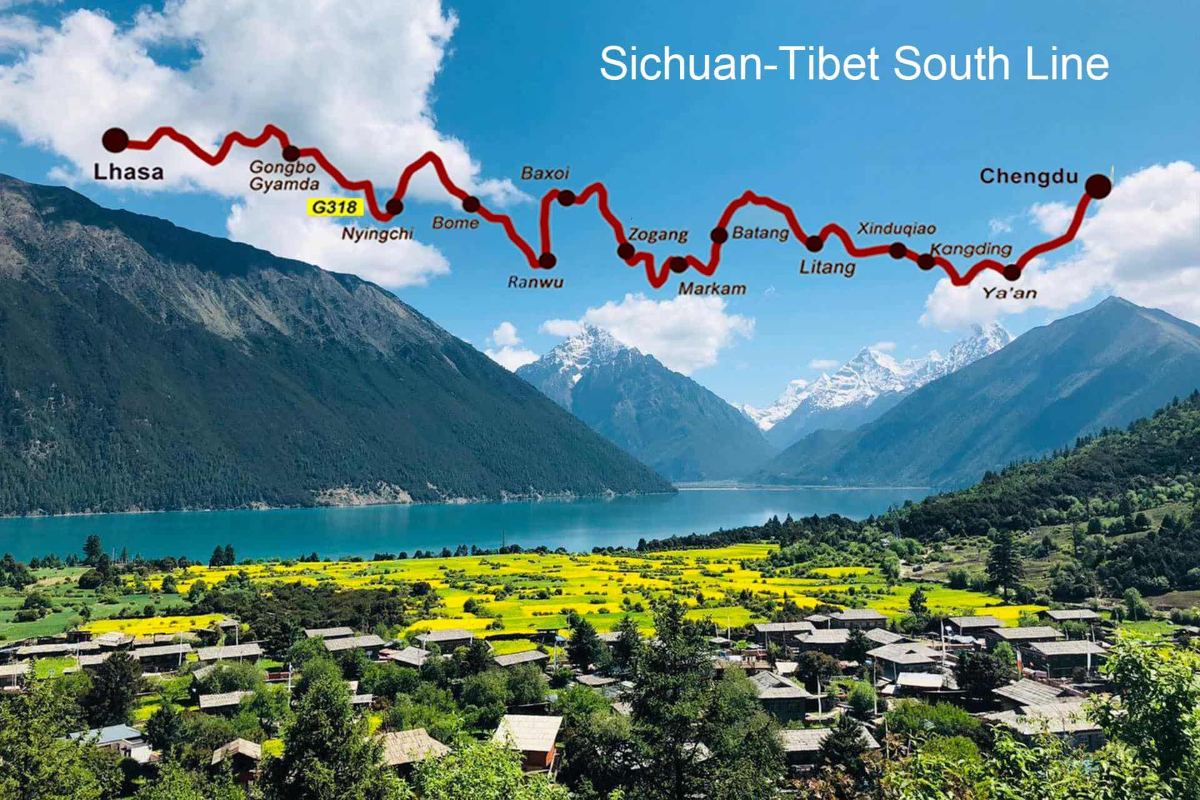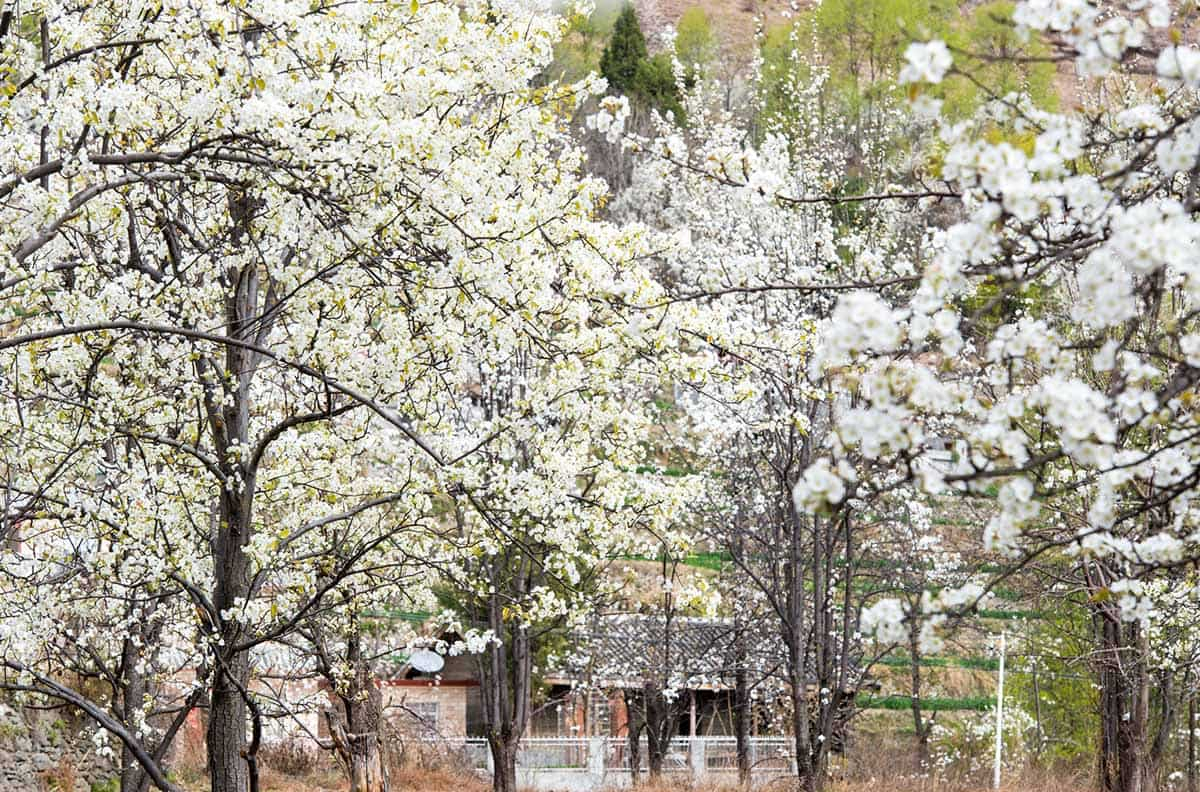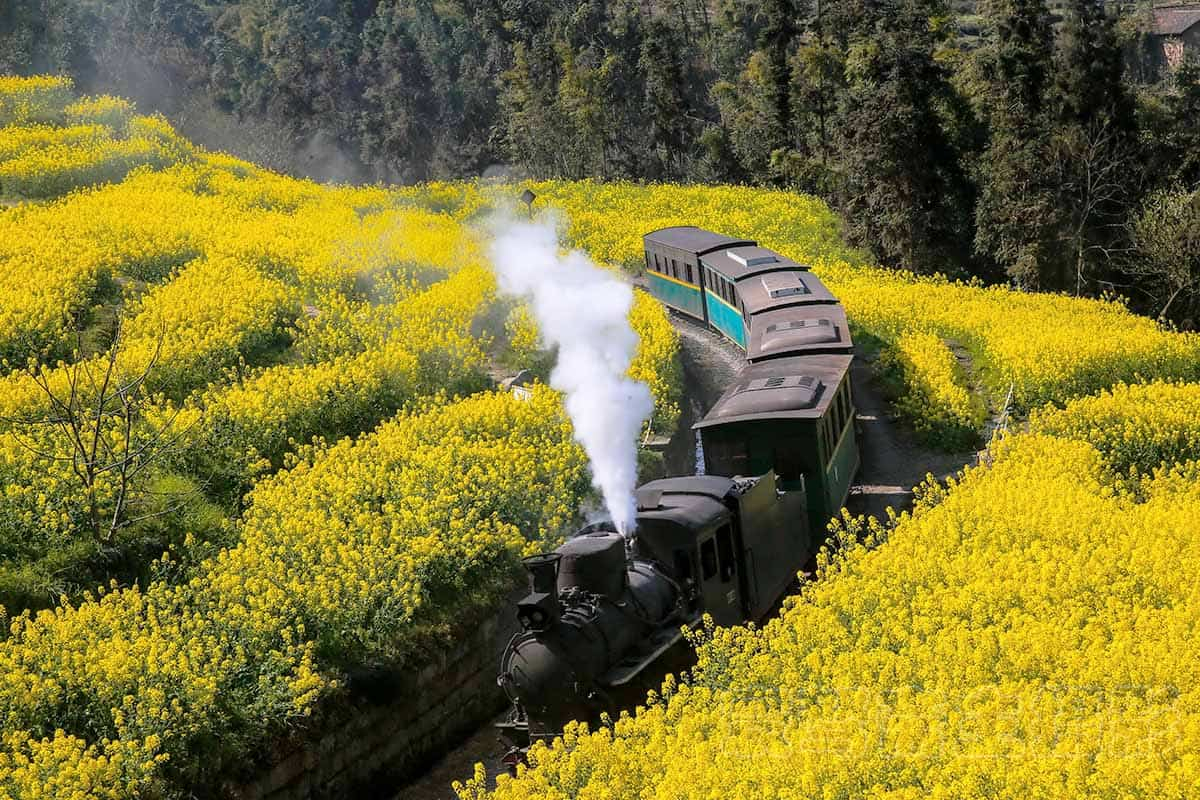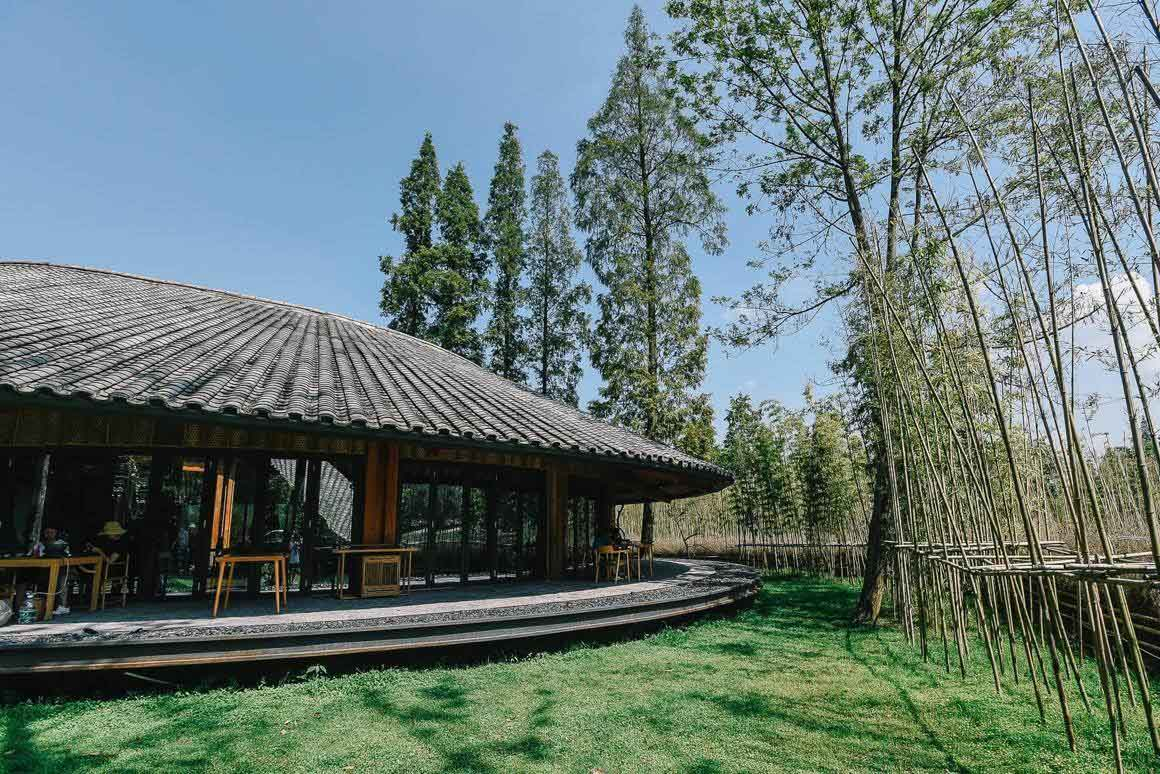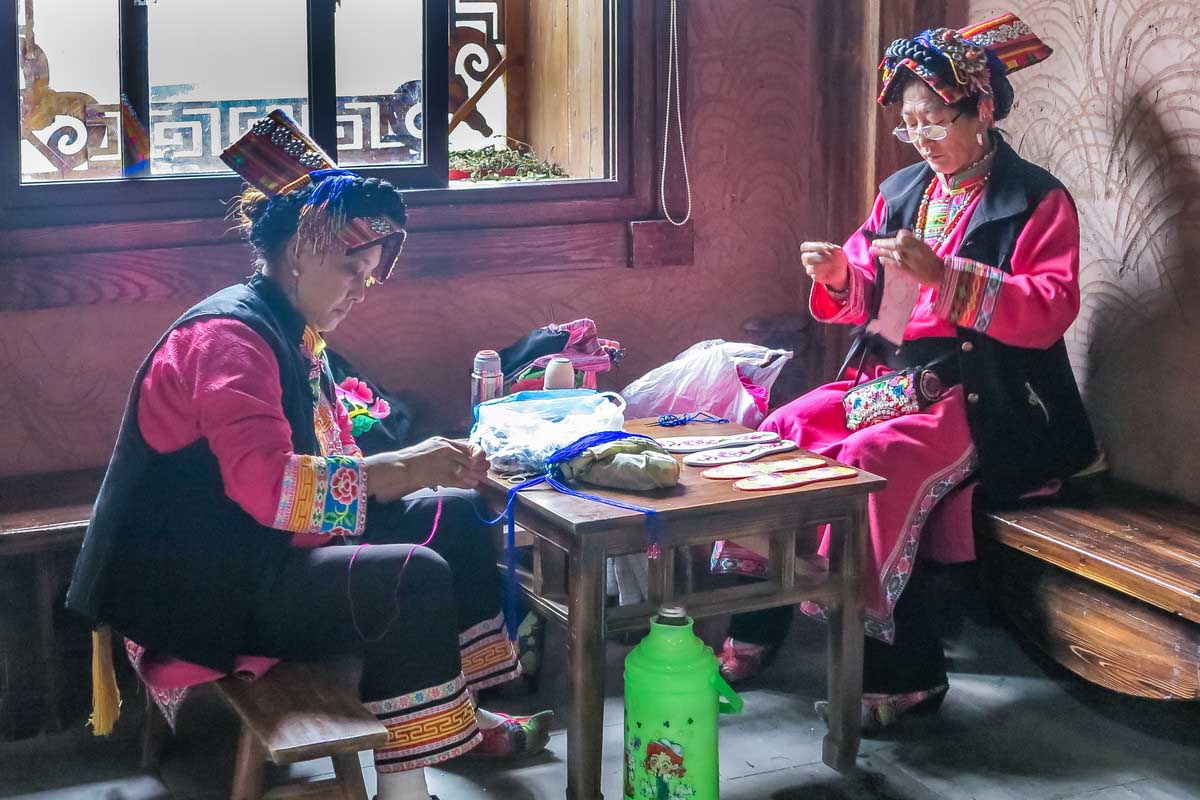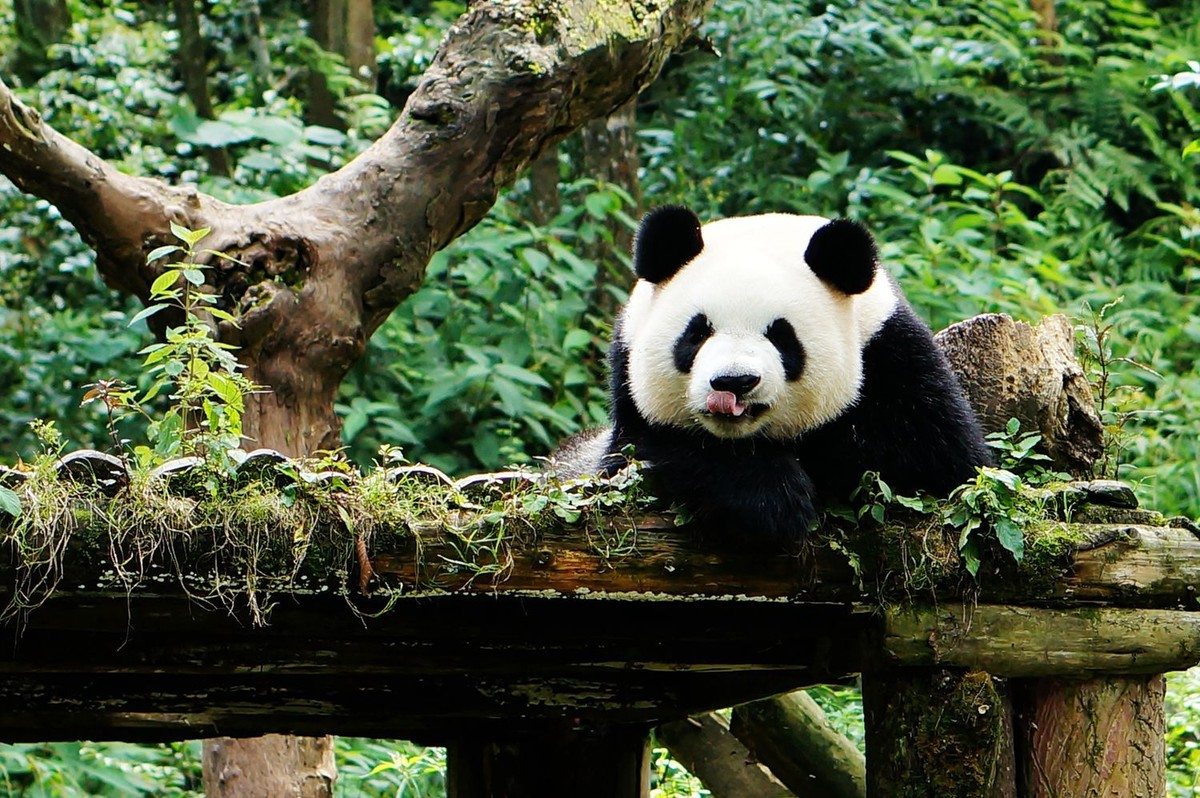The 5 most beautifual Snow Mountains in Sichuan
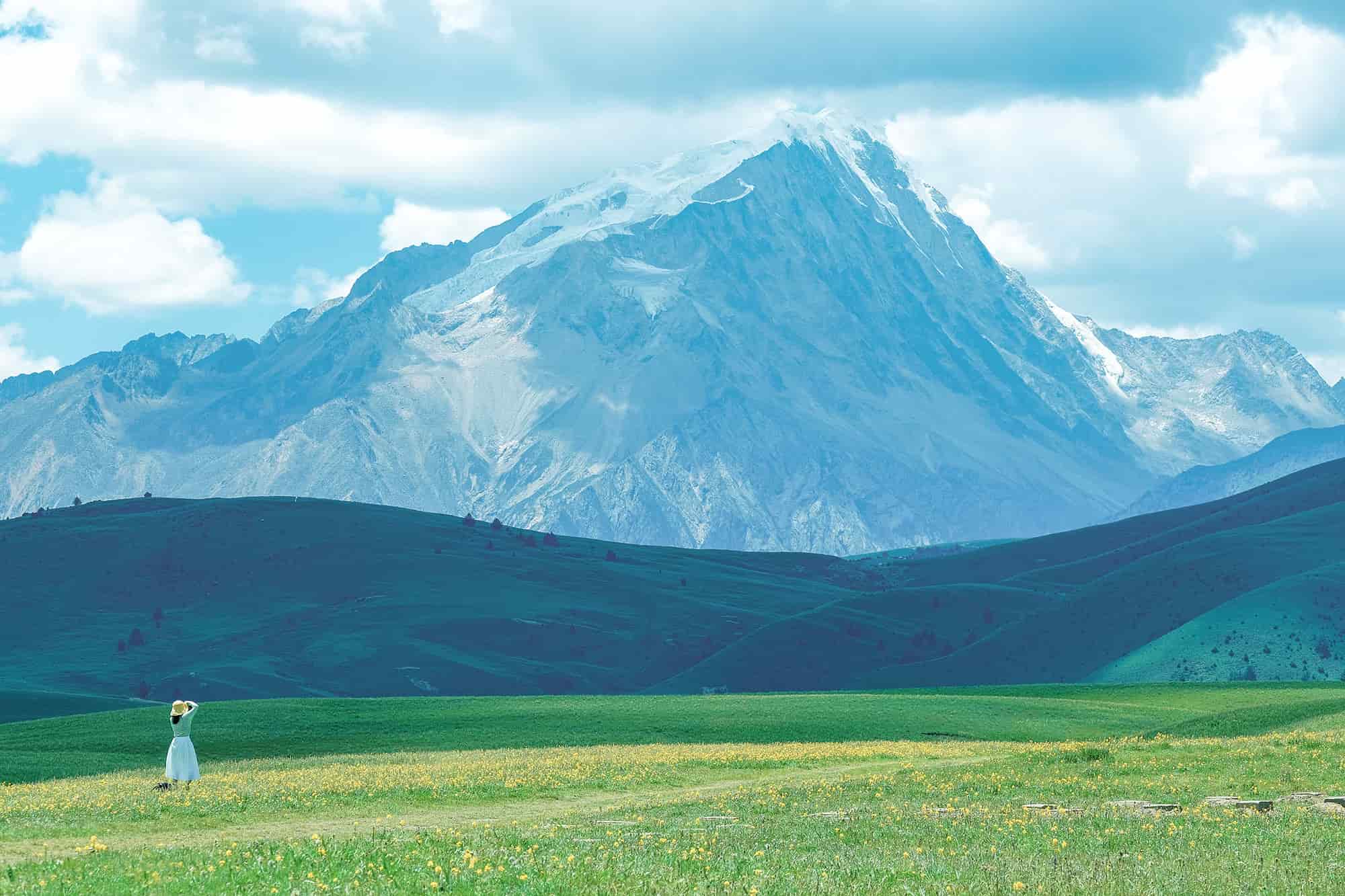
Sichuan is a province of sharp mountains and peaceful valleys carved by glaciers centuries ago. Abutting the Himalayan plateau, there are thousand of beautiful peaks and breathtaking gorges that will wow even the most traveled of hikers. The Aba and Garze Tibetan Autonomous Region (part of western Sichuan) also provides an interesting amalgam of Sichuanese and Tibetan culture that is far from the Han culture back East. While the mountains around Chengdu and towards the eastern area are a bit softer, the mountains to the west and north are generally at high altitude and only experienced mountaineers should summit them. However, hikes through the valleys and gorges can also be quite strenuous enough, and the reward of getting away from the cities and into nature is immeasurable.
● Four Sisters Mountain (Siguniangshan, 四姑娘山)
This cluster of four stately peaks is the crowning glory of the Qiong Lai Mountain range, located in the Tibetan Autonomous Region of Sichuan. The highest peak is also called the Queen of Sichuan, towering at 6,250 meters, surrounded by her three little sisters, all hovering around 5,500 meters high.
Mount Siguniang is renowned for its beauty. Mount Siguniang National Park was identified as a UNESCO Heritage Site as part of Sichuan Giant Panda Sanctuaries in 2006. The park comprises Mount Siguniang and the surrounding three valleys, namely Changping Valley , Haizi Valley and Shuangqiao Valley, covering an area of 2,000sq km.
The highest peak is Yāomèi Fēng (幺妹峰; 'peak of the youngest sister'), also known as the "Queen of Sichuan's peaks" (蜀山皇后), standing at 6,250 m. It is also the second highest mountain in Sichuan Province and the easternmost 6,000 m or higher peak on Earth.
The other three lower peaks are regular mountaineering destinations through all seasons.
● The Three Holy Mountains of Daocheng (稻城三神山)
Considered the most sacred place in Western China, these three mountains cluster together in the Yading National Reserve. Each peak is thought to have its own personality.
The three peaks: Mt. Xian Nairi, Mt. Yang Maiyong, and Mt. Xia Nuo Duo Ji, are believed to be incarnations of three bodhisattvas. Due to the belief that all the mountains are incarnations of enlightened beings, they are elevated as holy and gracious - not to mention that the whole region itself is a breath-taking paradise!
All three peaks are snow-capped all year round with translucent lakes at the foot of the mountains, said to be used as a mirror by the local nymphs of the forest. And whenever you visit, you will find thousands of pious Tibetan pilgrims circling the mountains, hoping for a better life and a healthy body.
● Gongga Mountain (贡嘎雪山)
Set in the Daxue Mountain range, Mount Gongga is the highest peak in Sichuan Province, towering 7,556 meters above sea level and dominating a beautiful landscape of gorges and valleys. Know by locals at “The King of the Sichuan Mountains,” this area is popular for both serious trekkers and Buddhist pilgrims.
The steep valleys surrounding Gongga make it difficult to see even though you may be walking through its own foothills. There are a few common vantage points available for viewing Gongga, though you still need a good dose of luck to see it. The Kangding Airport road provides a clear, though distant view of Gongga and the surrounding mountains. You can also potentially view it from the Riewuqie pass on the Gongga through-trek. There are parts of the 318 Highway between Yajiang and Kangding from where you can also see the mountain.
● Yala Snow Mountain(雅拉雪山)
Yala Snow Mountain, also called Yala Kamiyama, Yarlha Shambo Gangri in Tibetan, which means “white yak mountain in the east”(东方白牦牛山), is one of the four holy mountains in the Garze Tibetan Autonomous Prefecture. The mountain exists in many ancient texts, including a mention in the “Epic of King Gesar”, and is held in high regard by the locals. The mountain is strung with prayer flags, and Tibetans have been coming to the mountain to pray for centuries, and hang their prayer flags in honor of the nine mountain gods.
The peak is wrapped with cloud and covered by snow all year round, and is sacred to the local Tibetans, who often kneel to pray at the foot of the mountain. Known in some ancient Tibetan books as “the second Shambhala”, the mountain takes on different shapes from different directions. Seen from Tagong Grassland, it looks like a lotus-shaped throne, while from Bamei town a crown and from Nongge Mountain a sitting Buddha.
● Genie Holy Mountain (格聂神山)
Towering 6,204 meters above the vast, grassy hinterlands of Western Sichuan, the summit of Mount Genie is the third highest peak in Sichuan and the tallest among the Shaluli mountain range. This natural pinnacle is surrounded by 30 other snow-capped peaks all roughly 500 meters tall. Since the local Tibetans interpret the shape of this mountain as resembling a Buddhist practitioner riding a horse, Genie is revered as a Holy Mountain housing the spirit of a Goddess.
Surrounded by old-growth forests, stunning grasslands, and quiet Tibetan villages, the road to Genie mountain is nearly as interesting as the mountain itself, participants will have the chance to experience the pristine beauty of this gorgeous natural region.
- HOTEST
- RECOMMEND
